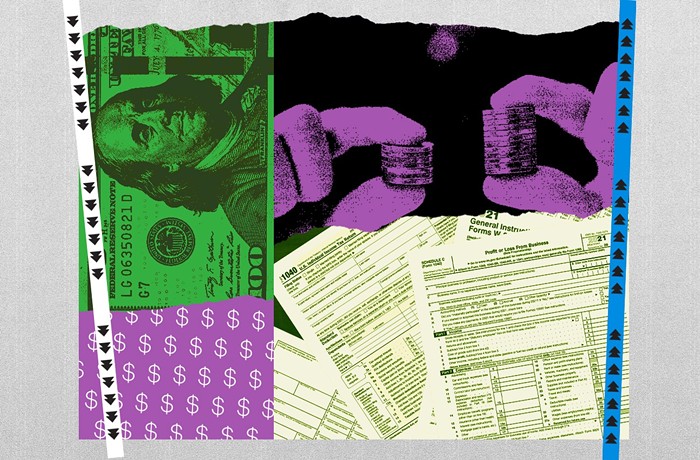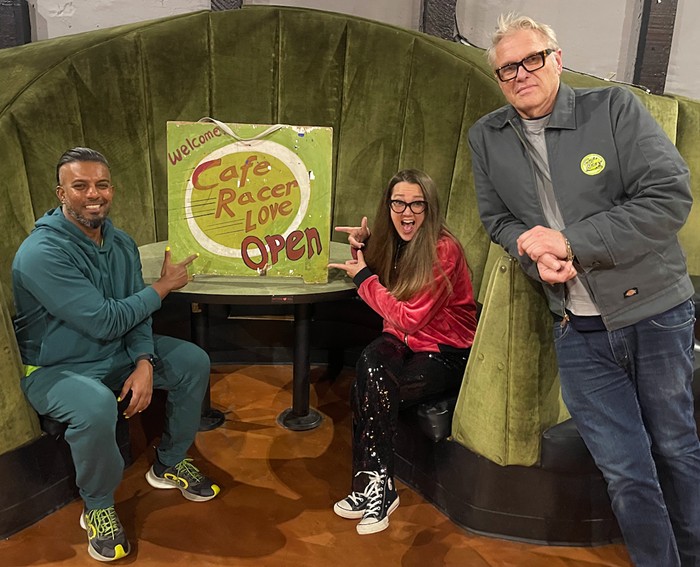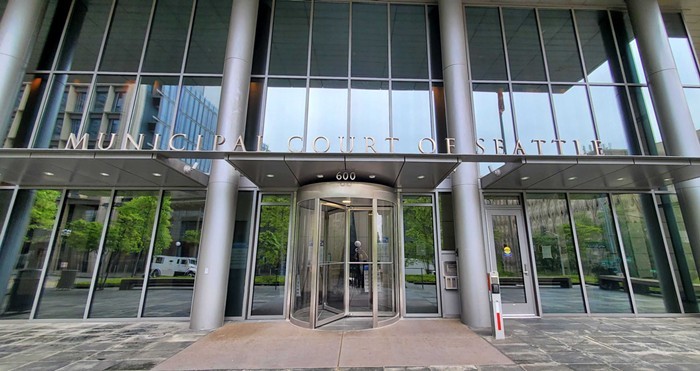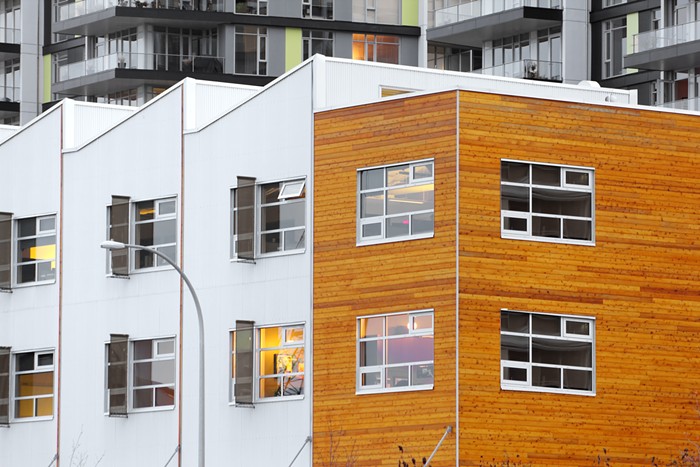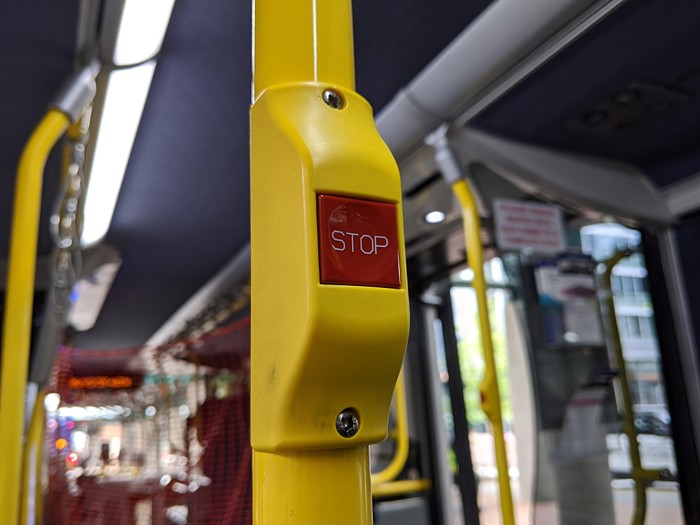In January, the ETC gave the UW design school a $5,000 grant to come up with station designs for the proposed 14-mile Ballard to Downtown to West Seattle monorail route. The students tackled things like incorporating columns and guideways into existing buildings and exploring alternative building materials. The student concepts, or pieces of them, may be incorporated into the final monorail plan. "The designs have definitely helped us identify specific community needs," says ETC consultant Eric Schmidt. The ETC consulting firm, Cascade Design Collaborative, has been working on preliminary station designs, but hasn't incorporated those designs into specific neighborhoods yet. The UW project does. The students focused on four potential station locations along the ETC route: in Ballard at 15th and Market, Interbay at 15th and Dravus, the Seattle Center, and the West Seattle Junction at California and Alaska.
To help flesh out their drawings, the students, led by Landscape Architecture Assistant Professor Julie Johnson, traveled to Portland to study MAX light rail stations and then on to Vancouver to study sky train stations. The students also canvassed Seattle neighborhoods seeking community input. The drawings are rough but intriguing. For example, student Scott Melbourne's computer-generated vision shows a pedestrian skybridge connecting a potential Mercer Street station to the Seattle Center. Another student, Nick Pergake, envisions redeveloping the existing Ballard QFC parking lot as a civic plaza/transit hub and mixed-use building. Involving the UW students with the monorail project was a good move by the ETC. Obviously, the UW kids learn something, the ETC gets "feel good" props for working with local students, and most importantly, the public gets to see what a monorail station could look like. As we here at The Stranger keep saying, the more the ETC can bring the monorail plan to life, the better. Further designs will be available shortly at www.elevated.org.
